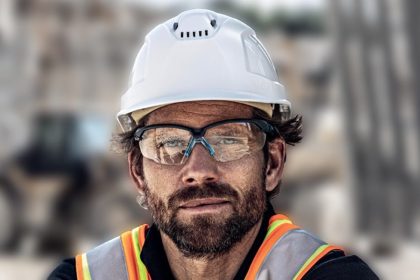The government’s latest attempt to solve the rental crisis looks to scare off foreign investment in the Australian housing sector when the nation needs it most.
The federal government announced this month new rules that would triple taxes for foreigners who buy existing houses in Australia and a doubling in fees for those who leave dwellings vacant.
Treasurer Jim Chalmers claims the tax hikes are, in theory, about “boosting housing stock”, incentivising foreign investors to build instead of purchasing established dwellings to dodge the hefty fee.
However, some are afraid the steep price of entry into Australia’s property market will scare off investors altogether.
According to Housing Industry Association’s (HIA) Chief Economist, Tim Reardon, the government has missed the mark altogether on what’s causing the nation’s shortage of housing builds.
“In order to address the acute shortage of housing stock, governments need to attract more foreign investment, not increase taxes on them,” said Reardon.
“Foreign investors build new homes, they don’t live in them, then cannot take them out of the country and are central to addressing the shortage of housing in Australia. They are the key to addressing the inequity that falls hardest on Australian renters.
“There are two very common misunderstandings about the shortages of housing in Australia. One is that there is a large volume of vacant homes, the second is that foreign investors are the cause of the housing shortage.”
The ‘vacant home’ myth
Reardon said the misconceptions around Australia’s ‘vacant dwellings’ arose after the Australian Bureau of Statistics reported that around 10 per cent of homes were vacant during the nation’s last census in 2021.
While hearing that over 1 million homes were sitting unused during one of the worst housing crises the nation has ever seen came as a shock to many, Reardon said the statistics simply aren’t true.
“Around half of these ‘vacant homes’ are people away from their primary residence on census night as they are on holidays, some are for sale, some being renovated or are in regional areas away from employment opportunities,” he said.
“The ABS has reported that around 10 per cent of homes are vacant in each census since 1986, this figure is consistent with other developed economies and is not the cause of Australia’s housing shortage.
“It is a fallacy to think that 10 per cent of homes are unoccupied and unhelpful for policy makers to suggest that homes are being withheld from the market when a core problem is that governments continue to increase tax imposts on hew homes.”
Reardon also said “a range of punitive taxes” imposed by State and Federal governments over the last eight years have already forced foreign investors to withdraw from the Australian market – leaving the volume of the nation’s apartment construction at almost half than it was in 2016.
“If governments tax something, there will be less of that item,” said Reardon.
“One in ten Australian detached homes are built by a foreign-owned company. These companies are finding it increasingly difficult to invest in Australia and build new detached homes due to the punitive taxes governments impose.
If the government is to address the acute shortage of housing stock, Reardon said the government needs to attract more foreign investment by reducing the tax impost, introduce additional regulations to stop the increase of building costs and assist local councils in investing in infrastructure.
“Changes announced in this year’s Federal Budget will assist domestic institutional investors to build new homes in Australia, but they have not yet filled the space left vacant by the exit of foreign investors from the Australian market,” said Reardon.




